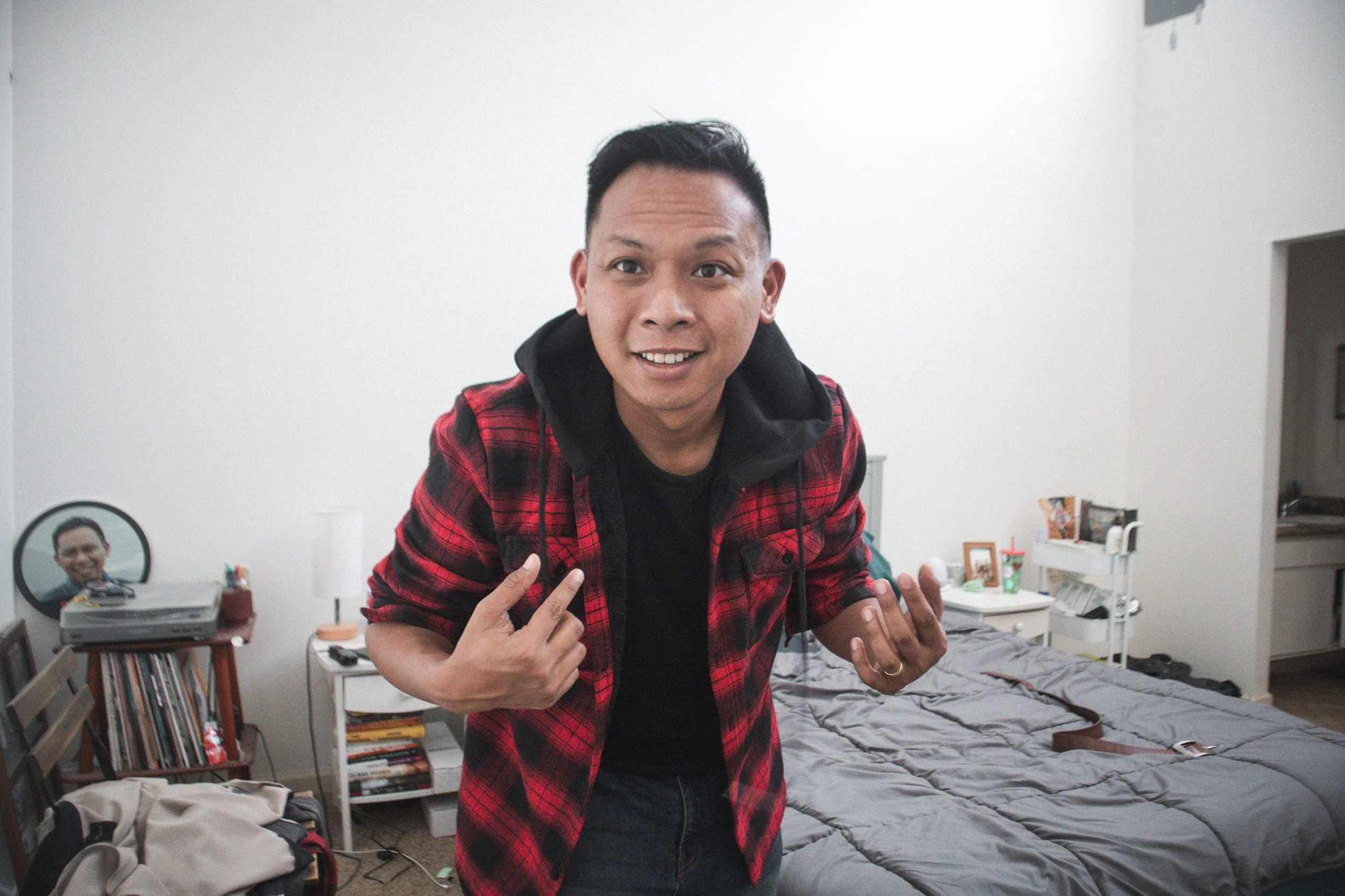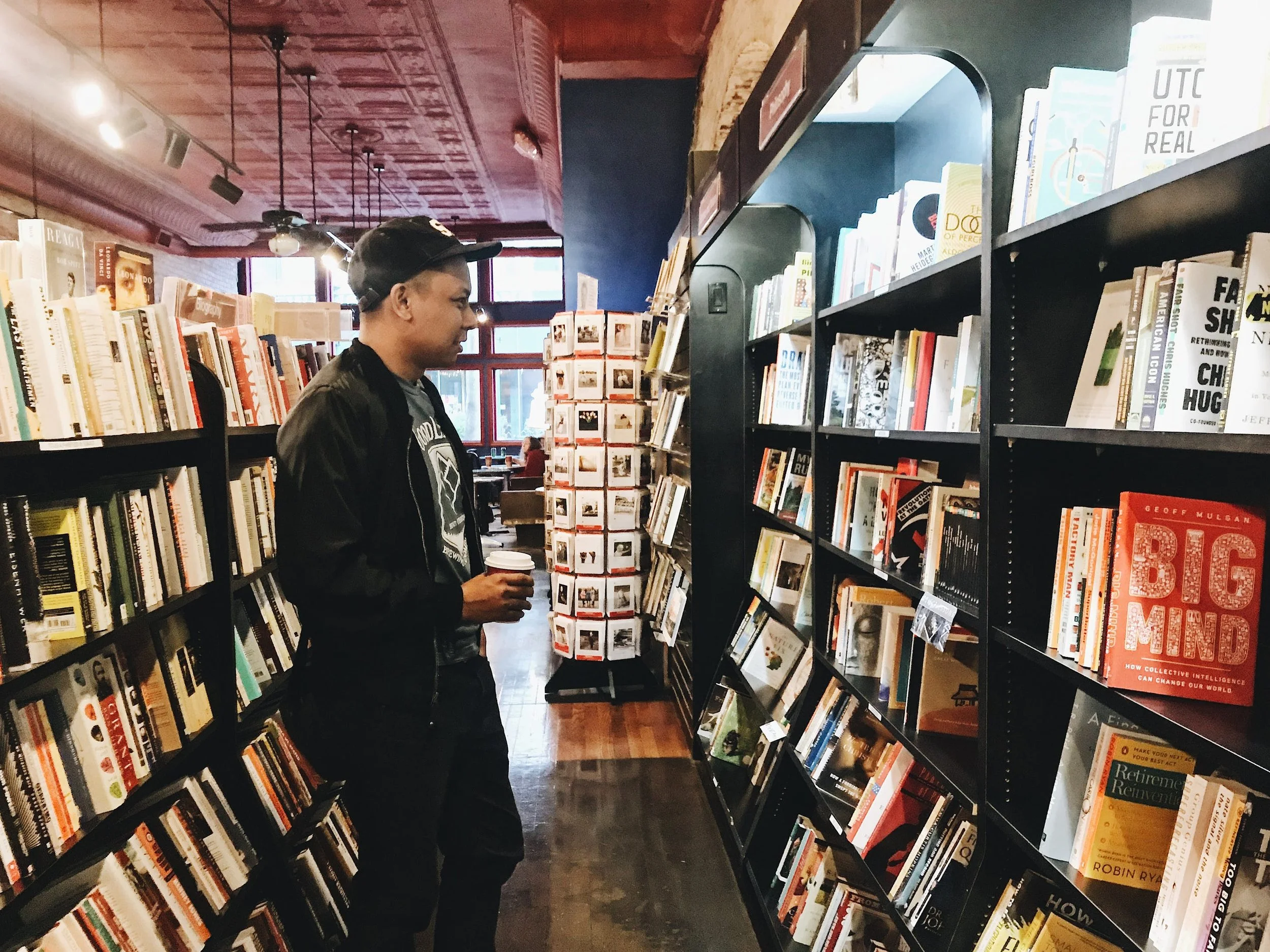I GET TO are three powerful words.
Any given day, there’s a handful of things we *have* to do, and then there are those things we *get* to do. You know?
I always imagined an ideal working life was one where you had a favorable ratio between those two types of tasks, where the get-to tasks outnumbered the have-to tasks by a good amount.
But I don’t think I see those two categories in as much of a binary way as I did before.
I realize that any given day, the bulk of what I do can go either way. If I look at the things I put on my list, they can go down as either a have-to-do or a get-to-do thing by the end of the day, depending on how I go at it.
This perhaps isn’t always the case, but for me, the difference between something I *have to* do and something I *get to* do is often a shift in mindset and the way I approach a certain activity.
I often find myself sitting down to do some writing with an uncomfortable intensity, knowing I want to hit a certain word count by a certain hour, and I won’t really feel great until I can check that off my list.
But this is a bit absurd when I remember that writing and being creative is one of my favorite things to do. And when I remember that I GET to write, it becomes much more enjoyable.
I’m already pretty privileged when I think about it. Rather than having to do something rote and physically demanding like much of the world does in order to earn my income and survive, I get to do things that I consider fun. Things I would do, albeit in a different way, if I weren’t being paid.
So how I can I keep that in mind?
“I Get To” on The Creative Changemaker
Time out! If you’re more of an auditory learner, or if you really like my face and would rather watch me hash this idea out, I do just that on the newest Creative Changemaker episode.
Be generous with the amount of time you give yourself to get things done.
I’m often a fast creative worker. At least I know how to be. In a pinch I can produce content relatively quickly.
That said… this doesn’t result in my best content.
And it certainly doesn’t result in me enjoying the process.
Few things take the fun out of an activity quite like cramming it into an hour long slot and telling yourself you must get it done in a crunch so your schedule can also take on four additional tasks.
Being overcommitted, having to rush through projects, and always working under pressure is a good way for making all of my work feel like something I *have-to* do, rather than something I *get-to* do.
These days, I try and block of at least an hour for most tasks, two if it’s an especially big project. I’ll block an hour for a video I could perhaps create in 20 minutes. What do I do with the extra time? In addition to all the mood-making stuff I also mention on this list, I can take a moment to visualize the project from a big-picture perspective, why it’s important, and what I think I’ll like about it.
Remember that you only get to do this so many times.
If you knew you were a basketball player about to play in your last game, do you think you’d approach it a little differently? You’d still play to win, of course, but you might also try extra hard to take in the sights, sounds, and smells as you went.
I try to bring this approach to my creativity, even to things I still expect to do a lot more in the future.
I started trying this out in improv classes at a time I kept getting stuck in my own head. I told myself that opportunities to play like this as a grownup are actually quite rare in life, and that this was my one class this week. I’d have to wait seven whole days to have this chance again. I might as well enjoy it.
Having the mental exercise of micro-meditating on the fact that any moment you can do an activity shouldn’t be taken for granted can help you remember to take it all in.
Diversify the energies your tasks ask of you.
One thing I appreciate the work I do is that it isn’t monotonous. I can mix up writing tasks with speaking tasks, being on camera versus editing my recordings.
One thing that will quickly drain me of the enthusiasm I could potentially bring to each task is to turn them into marathons… give myself eight hours of writing rather than two.
Of course there’s a level of efficiency that comes by batch working, so I sometimes will string together a number of writing projects, but never to the extent where that takes up more than one time block a day.
When I’m planning out a day, I try to make sure that I have a blend of tasks- some that require me to perform a bit more and some that are more grounded, thought-based activities. Making sure that I don’t need to force myself into the same headspace all day helps keeps me at my sharpest.
Use at bat music as a part of your craft.
I probably spend more time thinking about the decisions that baseball players and wrestlers make about their walk-out music more than I should.
But it’s kind of a big thing. That music gets people hyped for you. And if you choose well, it gets you hyped for what you’re about to do.
What would be the equivalent of at-bat music for a writer? Perhaps a Spotify playlist, a candle, a coffee mug, all tangible, aesthetic things that can still serve as a mood-setter.
I think almost any sort of craft, performance, or creative endeavor can find its own version of at-bat music to use.
Do it terribly for fun, first.
I have a friend who does vocal coaching. One thing that she likes to tell new singers is that you’re probably a better singer than you realize when you least expect it. When people are just goofing around on a road trip and singing along to pop hits, they end up doing a lot of things right from a technical perspective. They project their voice better, relax their muscles, and most of all, enjoy themselves in a way people don’t when they’re conscious that they’re performing.
What’s up with this? I have a few theories.
The reduced self consciousness probably works in their favor. So does the reminder to have fun. It probably reminds you that singing is actually something you get to do when you aren’t doing it under pressure.
It also gives you permission to fail. More than that. It gives you incentive to fail dramatically and hilariously. And that’s actually something that can be really healthy for creativity and performance.
Pay attention to people who excel while having fun
Finally, I recommend being inspired by people whose excellence and ability to have fun are intertwined.
Growing up, there were two kinds of athletes. There were Randy Johnson types, who when it was his turn to pitch would be absolutely scary. Just pure intimidation. Someone you do not want to mess with.
Then there was his teammate, Ken Griffey Jr., who played with swagger, hat backwards, blowing huge bubbles with his gum. Not only was he one of the best players of his generation, but it also looked like he was having more fun than anyone while playing. He was dunking on guys and clearly getting a lot of life from it. Baseball-dunking, of course.
I love it when it looks like people’s skill and enjoyment feed off each other. Daveed Diggs acting. Outkast performances. It’s a quality I’ve come to appreciate.
Changing your relationship with your work, your craft, or your art is huge when you go from saying “I have to do this” to “I get to.”
I’m not saying there won’t be times of frustration and challenge and stuff to wrestle through, but maintaining your love for the game, whatever your game happens to be, is one of the most important parts of art.






